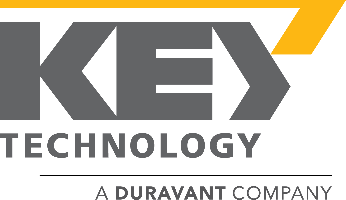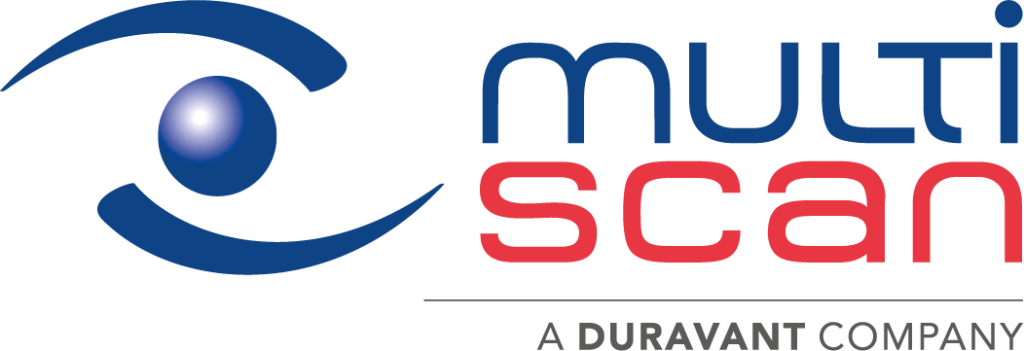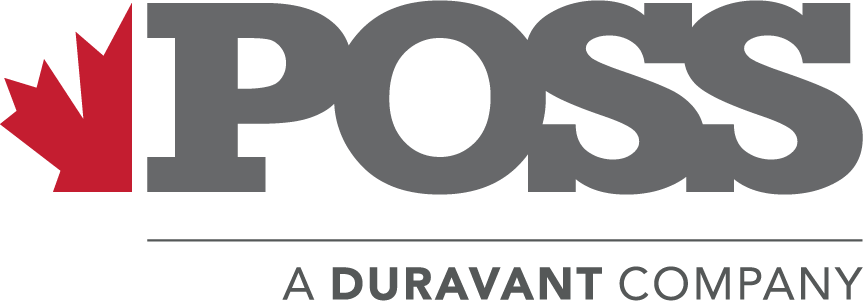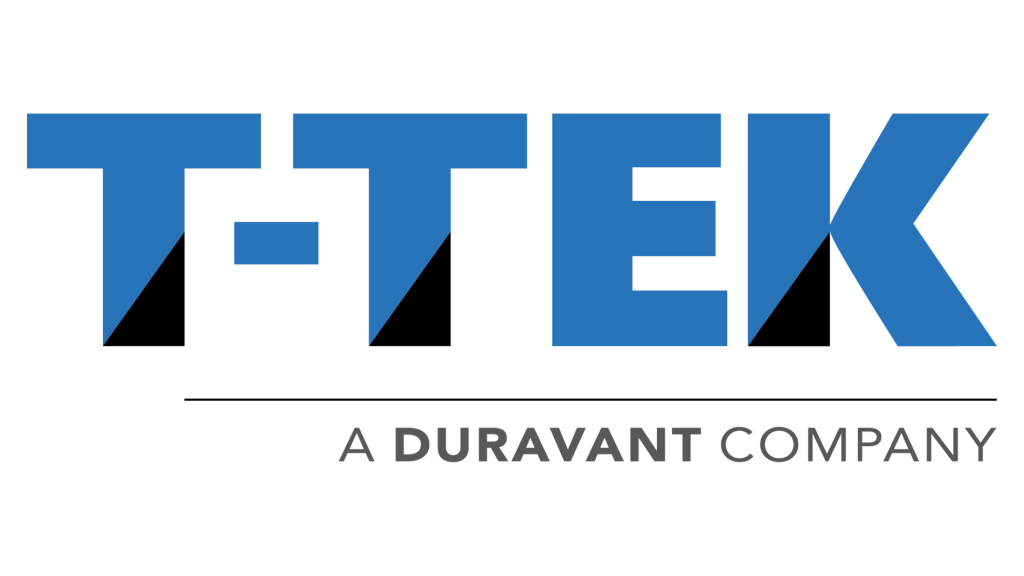The Duravant family of operating companies serve the food processing, packaging and material handling segments.
7 Innovative Ways Automated Packaging Transforms Your Business Efficiency
In today's fast-paced business environment, companies are continuously seeking ways to enhance their operational efficiency and reduce costs. Automated packaging has emerged as a game-changer in this arena, offering innovative solutions that streamline processes and improve productivity. According to a report by Smithers Pira, the market for automated packaging is projected to reach $45.6 billion by 2027, reflecting a compound annual growth rate (CAGR) of 12.5%. This surge underscores the growing recognition of automated packaging as a vital component in optimizing supply chains and meeting consumer demands effectively.
The benefits of adopting automated packaging extend beyond mere cost savings. With advancements in technology, businesses can achieve greater accuracy, speed, and flexibility in their packaging operations. A study from the Association for Packaging and Processing Technologies reveals that companies implementing automated packaging solutions have experienced a 30% reduction in labor costs and a 50% decrease in packaging waste. These statistics illustrate how automated packaging not only enhances efficiency but also promotes sustainability, allowing businesses to thrive in an increasingly competitive market. As we explore seven innovative ways automated packaging transforms business efficiency, it is clear that embracing this technology is no longer a luxury but a necessity for success.

Streamlining Operations through Automated Packaging Solutions
Automated packaging solutions are redefining how businesses manage their operations, leading to remarkable enhancements in efficiency. By integrating technology into the packaging process, companies can streamline workflows, reduce labor costs, and minimize errors. For instance, automated systems can quickly adjust to different product sizes and shapes, allowing for greater versatility in packaging without the need for extensive manual input. This adaptability not only accelerates production times but also ensures consistent quality, significantly reducing the risks associated with human error. In addition to improving speed and accuracy, automated packaging significantly enhances supply chain management. With real-time data tracking capabilities, businesses can monitor inventory levels, predict demand fluctuations, and optimize stock management. This proactive approach enables them to respond swiftly to market changes, reducing waste and increasing customer satisfaction. Moreover, automated systems can integrate with other supply chain technologies, fostering a more interconnected and responsive operational environment. Furthermore, embracing automated packaging solutions promotes sustainability. Many modern systems are designed to use eco-friendly materials and optimize packaging dimensions, minimizing material waste. This not only supports corporate social responsibility initiatives but also appeals to environmentally conscious consumers. By investing in automation, businesses are not only driving efficiency but also aligning themselves with the growing demand for sustainable practices, creating a competitive advantage in today's market.
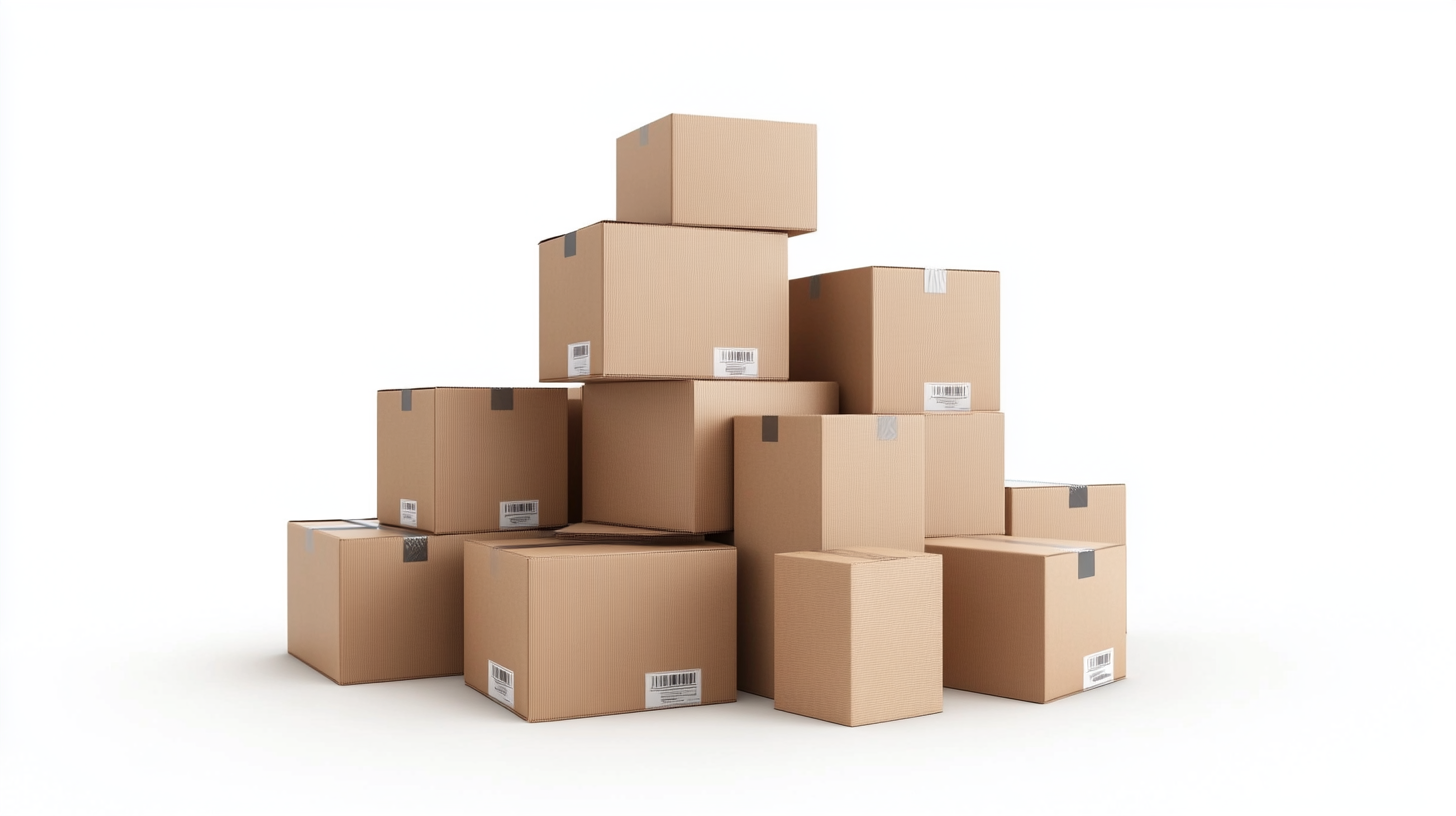
Reducing Labor Costs with Innovative Packaging Technologies
In today’s fast-paced market, businesses are constantly seeking solutions to reduce operational costs while enhancing productivity. One of the most effective strategies is the adoption of innovative automated packaging technologies. These advancements not only streamline the packaging process but also significantly lower labor costs, enabling companies to allocate resources more efficiently.
Automated packaging solutions, such as robotic packing systems, intelligent conveyor belts, and AI-driven sorting mechanisms, minimize the need for manual labor. By automating repetitive tasks, businesses can reduce dependency on a large workforce, cutting down on payroll expenses and employee-related overheads. This not only frees up staff to focus on higher-value activities, such as quality control and customer engagement, but also mitigates the risks associated with labor shortages and turnover.
Moreover, the implementation of innovative packaging can lead to improved operational efficiency. Speedier packing processes result in faster turnaround times, allowing companies to meet customer demands with agility and precision. With 24/7 operational capabilities, automated systems can enhance throughput without compromising on quality, ultimately leading to higher profitability. Adopting such technologies is no longer just an option; it's becoming a necessity for businesses aiming to thrive in a competitive landscape.

Enhancing Product Security with Advanced Automated Systems
In the fast-evolving landscape of modern business, enhancing product security has become a paramount concern for companies seeking to protect their assets and ensure customer trust. Advanced automated packaging systems have emerged as a crucial component in achieving this goal. By integrating cutting-edge technology into the packaging process, businesses can significantly reduce vulnerabilities typically associated with manual handling.
Automated systems utilize advanced robotics and AI-driven solutions to create a streamlined packaging flow. This not only enhances the precision and speed of packaging but also incorporates sophisticated security features. For instance, incorporation of tamper-evident seals and real-time monitoring sensors helps to ensure that products remain intact and secure throughout the supply chain. These innovations allow businesses to swiftly identify and address any security breaches, thus safeguarding the integrity of their products.
Moreover, automated packaging solutions offer traceability, enabling businesses to track products from production to delivery. Each package can be embedded with unique identifiers, utilizing technologies like RFID or QR codes. This not only deters theft and counterfeiting but also provides customers with peace of mind knowing that their products have been handled securely. As the demand for transparency in product security grows, adopting advanced automated packaging systems can position companies as leaders in their industry by prioritizing the safety of their products.

Minimizing Waste and Environmental Impact in Packaging Processes
In recent years, the push for sustainability has become more critical than ever, especially in packaging processes that traditionally generate substantial waste. Automated packaging systems are at the forefront of this transformation, enhancing not only operational efficiency but also leading the charge in minimizing environmental impact. By incorporating smart technology, businesses can optimize material usage and significantly reduce the volume of packaging waste generated during production.
One of the key advantages of automated packaging is its precision. Advanced machinery can accurately calculate the ideal size and amount of packaging needed for each product, eliminating excess materials. This tailored approach means less wasted cardboard or plastic while ensuring that products are still securely packaged for transport. Additionally, automated systems often utilize biodegradable or recyclable materials, which align with the increasing consumer demand for environmentally friendly practices. By committing to sustainable materials, companies are not only contributing to a healthier planet but also enhancing their brand image.
Moreover, the integration of data analytics into automated packaging allows businesses to monitor waste in real time, providing insights that drive continuous improvement. By identifying patterns and inefficiencies in the packaging process, companies can make informed adjustments that further minimize waste. This proactive approach not only helps the environment but can also result in significant cost savings over time. As the shift towards automation progresses, it’s clear that sustainable practices in packaging not only benefit the planet but also serve as a catalyst for enhanced business efficiency.
Improving Customer Satisfaction through Efficient Packaging Delivery
Automated packaging has emerged as a game-changer in enhancing customer satisfaction within the rapidly evolving e-commerce landscape. With the increased demand for efficient packaging solutions, industry leaders are adopting automated systems that streamline the packaging process. These innovative techniques not only reduce operational costs but also significantly improve delivery times, leading to a better overall customer experience.
A notable example of this transformation is the integration of advanced robotics in fulfillment centers, which facilitate the sorting, lifting, and carrying of packages with remarkable efficiency. Companies utilizing these technologies can achieve faster dispatch times, enabling them to meet the growing expectations of consumers for rapid delivery. Reports indicate that implementing automated packaging solutions can reduce packaging time by up to 75%, fostering quicker turnaround times from order to shipment.
Moreover, the emphasis on sustainability in packaging practices has become increasingly paramount. Automated packaging solutions contribute to this goal by optimizing material usage and reducing waste. As e-commerce continues to flourish, businesses that invest in these advanced technologies are not only enhancing their operational efficiency but also aligning with consumer preferences for eco-friendly practices. For instance, the integration of smart machines in automated packaging helps in minimizing excess packaging, thus improving both the environmental footprint and customer satisfaction.
The integration of AI in parcel delivery further bolsters these efforts by providing precise shipping estimates and enhancing security measures against theft. This holistic approach to packaging and delivery ensures that businesses can meet customer demands while also maintaining a commitment to sustainability, resulting in a win-win scenario for all stakeholders involved.


